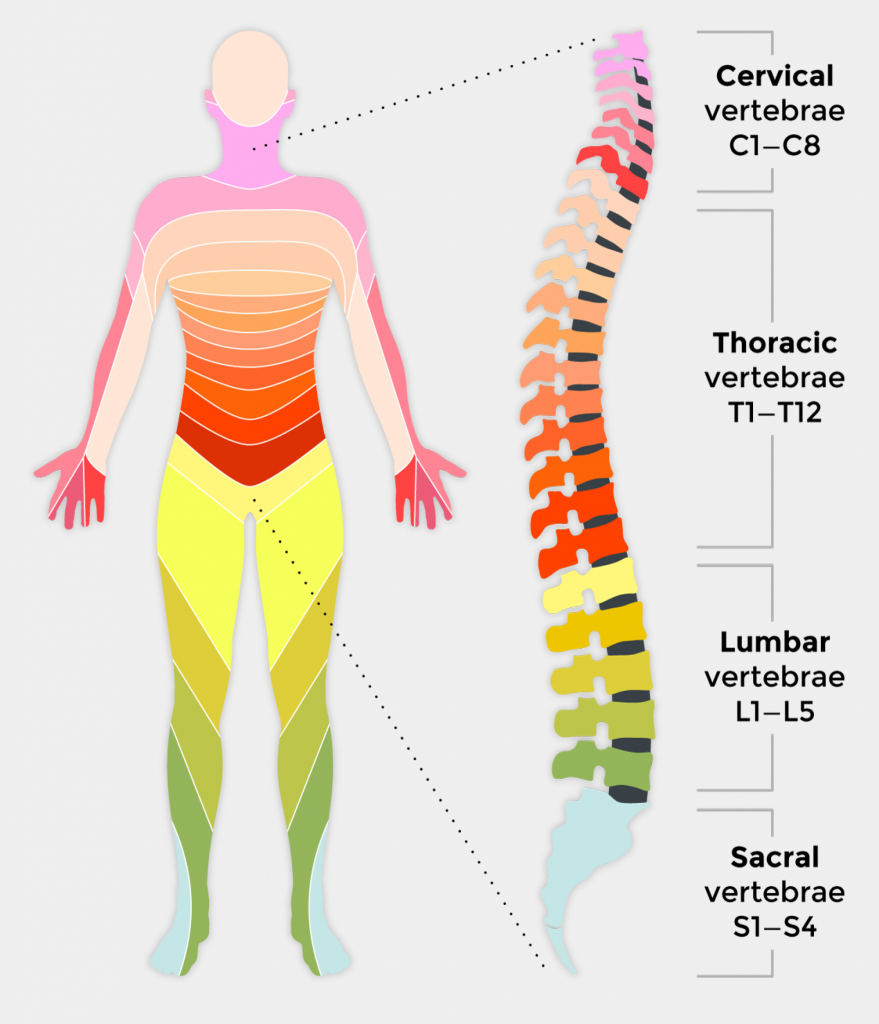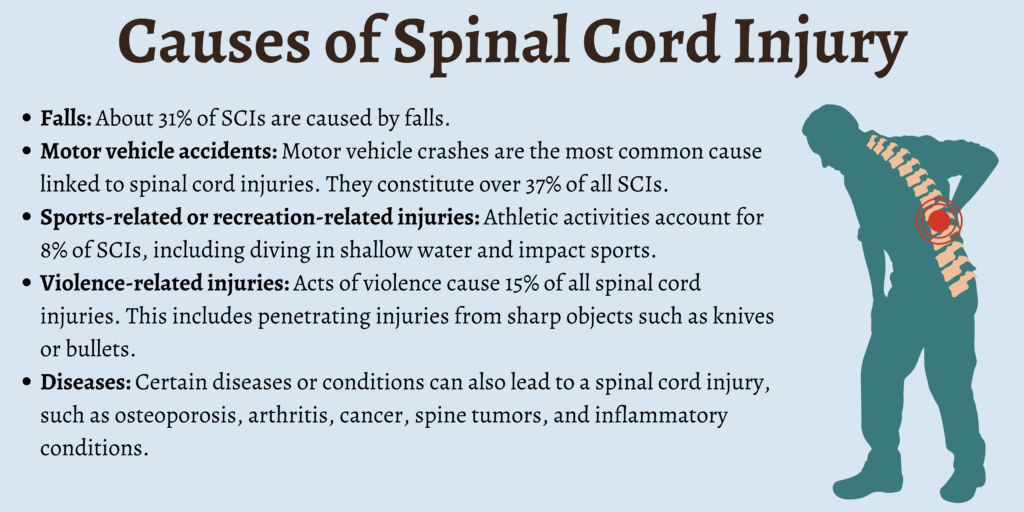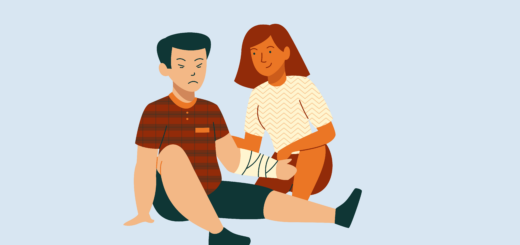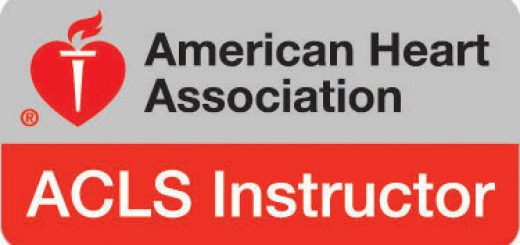What is a Spinal Cord Injury (SCI)?
Spinal cord injury (SCI) often affects young and fit people and will continue to affect them to a varying degree for the rest of their lives. Spinal cord injuries often occur after high-energy traumatic events, such as motor vehicle accidents and sporting accidents.
In the extreme, SCI may prove immediately fatal where the upper cervical cord is damaged, paralyzing the diaphragm and respiratory muscles. Partial cord damage, however, may solely affect individual sensory or motor nerve tracts producing varying long-term disability. It is important to note that there are an increasing percentage of cases where the cord damage is only partial and some considerable recovery is possible, providing the condition is recognized and managed appropriately. Long-term rehabilitation is often required.
The spinal cord runs in the spinal canal down to the level of the second lumbar vertebra in adults. The amount of space in the spinal canal in the upper neck is relatively large, and excessive movement following an injury can worsen the long-term outcomes. In the thoracic area, the cord is wide, and the spinal canal relatively narrow and injury in this area is likely to completely disrupt and damage the spinal cord.

Spinal shock is a state of complete loss of motor function and often sensory function found sometimes after SCI. This immediate reaction may go on for some considerable time, although the spinal cord may recover. Neurogenic shock is the state of poor tissue perfusion caused by blood vessel tone loss after spinal cord injury.
Types of SCI
There are two types of spinal cord injuries, namely complete and incomplete.
- A complete injury is one where a person loses function, feeling, and muscle control below the site of the injury. This is when no nerve communication takes place below the injury.
- An incomplete injury is one where the patient’s spinal cord is still able to send messages to and receive messages from the brain, albeit in a reduced capacity. When you suffer an incomplete injury, you still have a bit of function, feeling, and muscle control below the injury site.
Symptoms of SCI
The following symptoms usually occur with spinal cord injuries:
- Loss of movement.
- Loss of bladder or bowel control.
- Difficulty breathing.
- Changes in fertility, sexual sensitivity, and sexual function.
- Changes in or loss of sensation, which could include changes in the ability to feel touch, cold, and heat.
- Stinging sensation or pain caused due to damage to the spinal cord’s nerve fibers.
- Exaggerated spasms or reflex activities.
Once an accident occurs, the emergency symptoms of a spinal cord injury could be:
- Twisted back or neck.
- Trouble with walking and balance.
- Loss of bowel or bladder control.
- Trouble breathing.
- Weakness, loss of control, or incoordination in any part of the body.
- Tingling, numbness, or loss of feeling in the toes, feet, or fingers.
Causes of SCI
There are quite a few causes associated with spinal cord injuries, such as:
- Falls: About 31% of SCIs are caused by falls.
- Motor vehicle accidents: Motor vehicle crashes are the most common cause linked to spinal cord injuries. They constitute over 37% of all SCIs.
- Sports-related or recreation-related injuries: Athletic activities account for 8% of SCIs, including diving in shallow water and impact sports.
- Violence-related injuries: Acts of violence cause 15% of all spinal cord injuries. This includes penetrating injuries from sharp objects such as knives or bullets.
- Diseases: Certain diseases or conditions can also lead to a spinal cord injury, such as osteoporosis, arthritis, cancer, spine tumors, and inflammatory conditions.
How is a Spinal Cord Injury Diagnosed?
A spinal cord injury can be diagnosed by a healthcare provider in numerous ways. These could include:
- Physical examination: This helps in providing evidence or clues of the depth of the injury.
- Diagnostic tests: Diagnostic tests such as nerve conduction tests and electromyography help in measuring the electrical signals that reach the muscles.
- Imaging scans: Imaging scans include MRI and CT scans. While MRI scans provide extremely detailed images of nerves, soft tissues, and bones, CT scans help in detecting the presence of bone-related problems or injuries.
- Neurological examination: This helps in checking how a person’s nervous system is functioning, letting them see if the patient is able to move their limbs and if they have reflexes and sensations.
When to suspect a Spinal Cord Injury?
When considering spinal cord injury, it is vital to determine the mechanism of injury in order to understand the forces involved in causing the injury including hyperflexion, hyperextension, rotation and compression and combinations of all the above.
Injury most frequently occurs at junctions of mobile and fixed sections of the spine. Hence fractures are more commonly seen in the lower cervical vertebrae where the cervical and thoracic spine meets (C5, 6,7/T1 area) and the thoraco-lumbar junction (T12/L1). 10-15% of patients with one identified spinal fracture will be found to have another.
Motor vehicle collisions, falls and sporting injuries are the most common causes of SCI. ‘Rollover’ collisions and the non-wearing of seat belts, causing the head to vehicle body contact, and pedestrians struck by vehicles are likely to suffer SCI. Ejection from a vehicle increases the risk of injury significantly. Certain sporting accidents, especially diving into shallow water, horse riding, rugby, gymnastics and trampolining have a higher than average risk of SCI. Rapid deceleration injury such as gliding and light aircraft accidents also increases the risk of SCI.
The injured patient may complain of:
- neck or back pain
- loss of sensation in the limbs
- loss of movement in the limbs
- the sensation of burning in the trunk or limbs
- the sensation of electric shock in the trunk or limbs.
FAQs
1. Can you recover from spinal cord injury?
There is no proof yet that function can be fully restored after a spinal cord injury. However, this doesn’t mean that the chances for recovery of function do not exist.
2. Can spinal cord injuries be prevented?
Some of the ways to prevent spinal cord injuries are by driving cautiously, making use of safety equipment whenever required, and not diving into water where the bottom isn’t visible.
3. What are some of the complications that an SCI can cause?
A couple of the complications that an SCI can cause include loss of bowel and bladder control, issues with circulatory control, risk of osteoporosis, muscle thinning, weight loss, depression, and joint or muscle pain.
4. Is milk good for spine pain?
The calcium in milk can help in bringing spine pain under control.
5. What are the main functions of the spine?
The main functions of the spine include giving structure to the body, letting a person move and be flexible, protecting the spinal cord, and supporting the body’s posture.
Conclusion
If you or someone you know suffers from a spinal cord injury, there are certain questions you can ask your healthcare provider, such as:
- What are the abilities that an SCI can affect?
- Will the damage from an SCI be permanent?
- What kind of support care would be necessary after an SCI?
- What are the complications I could face due to this injury?
- What kind of symptoms should I look out for that could require medical attention?
A spinal cord injury can be quite disruptive and severe, with the effects being life-altering. However, despite their severity, the current research provides hope for the treatments that could be available in the future.
If you suffer from an SCI, chances are you will be able to manage its effects and adapt to them.






